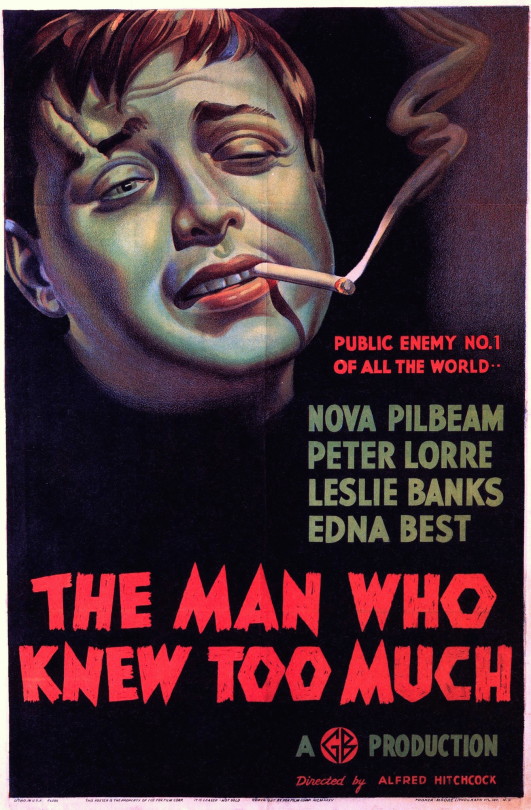#Nova Pilbeam
Text



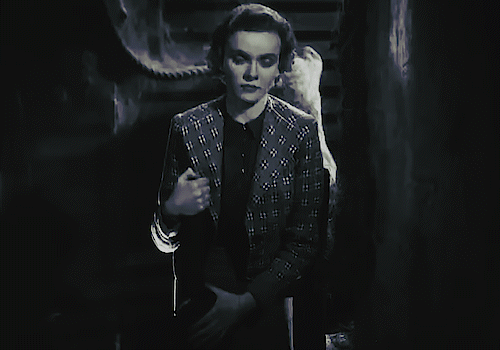





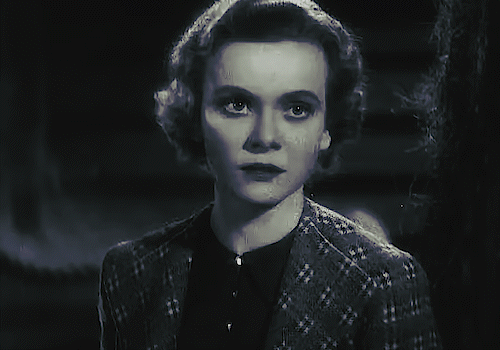


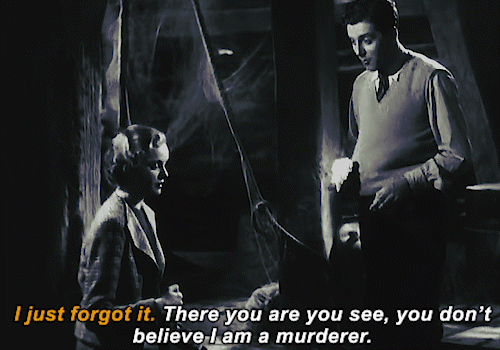
DERRICK DE MARNEY and NOVA PILBEAM in YOUNG AND INNOCENT (1937) | dir. ALFRED HITCHCOCK
#1930's cinema#1930's#1937#young and innocent#derrick de marney#nova pilbeam#filmblr#classicfilmsource#filmedit#filmgifs#classicfilmgifs#british cinema#film#cinema#movies#dramagifs#dramaedit#hitchcock#hitchcockedit#uk cinema#thrillergifs#thrilleredit#crimegifs#crimeedit#mygifs
30 notes
·
View notes
Text
Hitchcock’s THE MAN WHO KNEW TOO MUCH, 1934 & 1956

View On WordPress
#Alfred Hitchcock#Doris Day#Edna Best#James Stewart#Leslie Banks#Nova Pilbeam#Peter Lorre#The Man Who Knew Too Much
18 notes
·
View notes
Photo



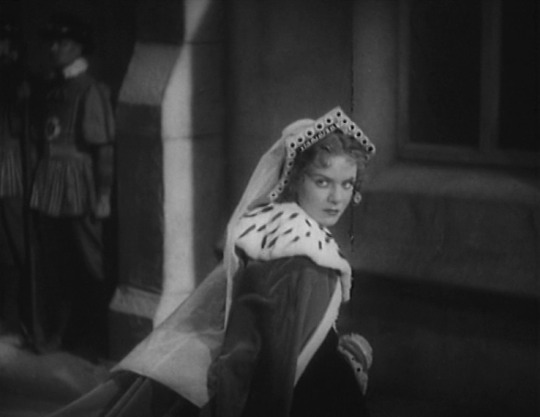

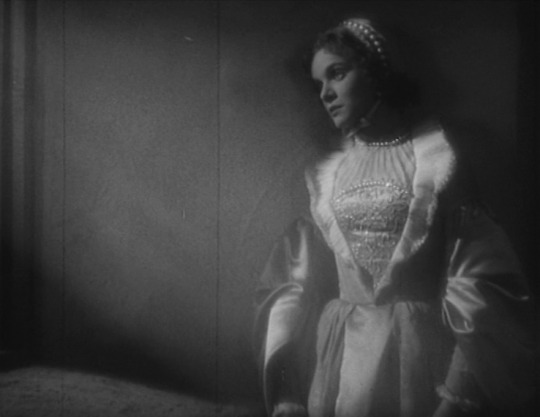

nova pilbeam as jane grey in tudor rose (1936)
7 notes
·
View notes
Text

Bad movie I have The Man Who Knew Too Much 1934
#The Man Who Knew Too Much#Leslie Banks#Edna Best#Peter Lorre#Frank Vosper#Hugh Wakefield#Nova Pilbeam#Pierre Fresnay#Cicely Oates#D.A. Clarke-Smith#George Curzon#Frank Atkinson#Betty Baskcomb#Cot D'Ordan#Tony De Lungo#Clare Greet#Pat Hagan#Joan Harrison#Edward A. Hill-Mitchelson#Alfred Hitchcock#James Knight#Arnold Lucy#Andreas Malandrinos
2 notes
·
View notes
Photo
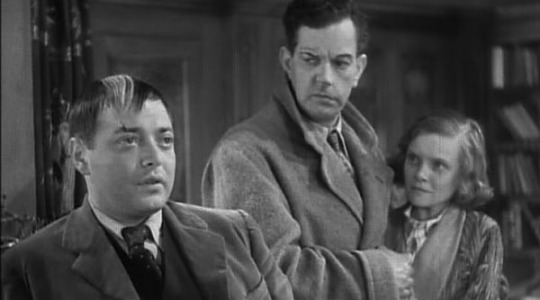
Peter Lorre, Leslie Banks, and Nova Pilbeam in The Man Who Knew Too Much (Alfred Hitchcock, 1934)
Cast: Leslie Banks, Edna Best, Peter Lorre, Frank Vosper, Hugh Wakefield, Nova Pilbeam, Pierre Fresnay, Cicely Oates, D.A. Clarke-Smith, George Curzon. Screenplay: Charles Bennett, D.B. Wyndham-Lewis, Edwin Greenwood, A.R. Rawlinson. Cinematography: Curt Courant. Art direction: Alfred Junge. Film editing: Hugh Stewart. Music: Arthur Benjamin.
The first version of The Man Who Knew Too Much was Alfred Hitchcock’s breakthrough film, a critical and popular success that also established Peter Lorre as an international star. It was Lorre’s first English-language film. (He is said to have learned the role phonetically.) Lorre had made his reputation with M (Fritz Lang, 1931) in Germany, which he left in 1933 he had left because of the rise of the Nazis. His performance is perhaps the most memorable thing about The Man Who Knew Too Much, which sometimes feels slack and disjointed, as if Hitchcock hadn’t yet mastered the technique of seeing the film as a whole. Comparing it to his 1956 remake, Hitchcock told François Truffaut, “The first version is the work of a talented amateur and the second was made by a professional.” Lorre plays Abbott, the mastermind of a group of radicals who are plotting the assassination of the leader of a European country – the politics are the film’s MacGuffin, a vague motive that spurs the action. When Bob Lawrence (Leslie Banks) accidentally learns of the plot, his daughter (Nova Pilbeam) is kidnapped to prevent him from going to the police, but his wife (Edna Best) manages to foil the assassination by screaming when she spots the killer at the point in a concert at the Royal Albert Hall when a cymbal crash is supposed to cover the sound of the gun. Even so, there’s a lot of action left as Lawrence frantically tries to rescue his daughter while the police shoot it out with the bad guys. Banks and Best are a rather pallid couple – he’s given to “stiff upper lip, old girl” exhortations, and although she’s a champion sharpshooter who fires the shot that kills the assassin, she has little to do the rest of the time but dither and emit that crucial scream – so it’s no wonder that Lorre steals the film.
1 note
·
View note
Text

Nova Pilbeam Counterblast (1948)
0 notes
Text
YOUNG AND INNOCENT (Jeune et innocent) - Alfred Hitchcock (1937)
Robert Tisdall est accusé d’un meurtre qu’il n’a pas commis. Ses liens avec la victime, sa présence sur les lieux, tout l’accuse… Et si le véritable coupable était l’accusateur : la Justice ? Après le terrible Sabotage (Agent secret), Hitchcock choisit d’adopter un ton plus léger. En signant Young and Innocent (Jeune et Innocent), il renouait avec l’humour de ses premières comédies. Il inscrivit…

View On WordPress
0 notes
Photo
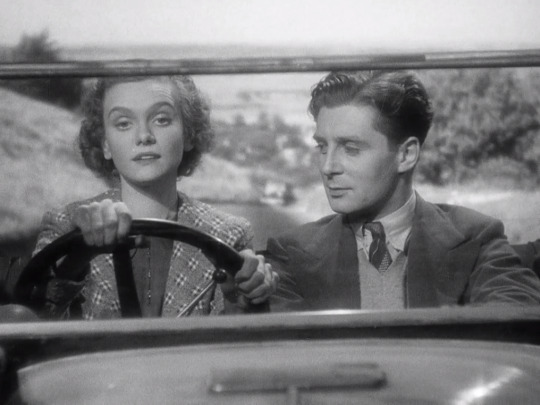
Nova Pilbeam and Derrick de Marney in Young and Innocent (1937).
She looks a bit like Emma Watson, don’t you think?
This is a really fun movie that’s basically a very early action movie. Hitchcock was such a pioneer and his movies don't feel dated like others of the same era.
#nova pilbeam#actress#young and innocent#the girl was young#derrick de marney#alfred hitchcock#hitchcock#early hitchcock#couple on the run#eyebrows on fleek#looks like emma watson#emma watson
1 note
·
View note
Photo


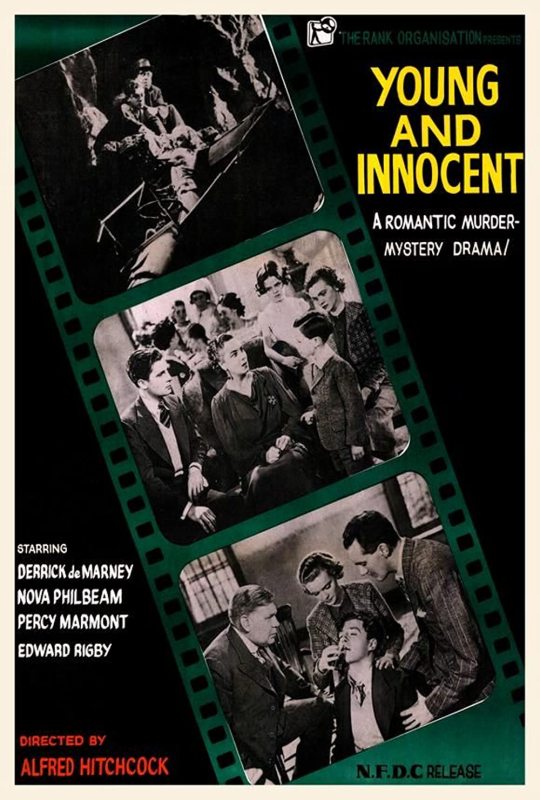

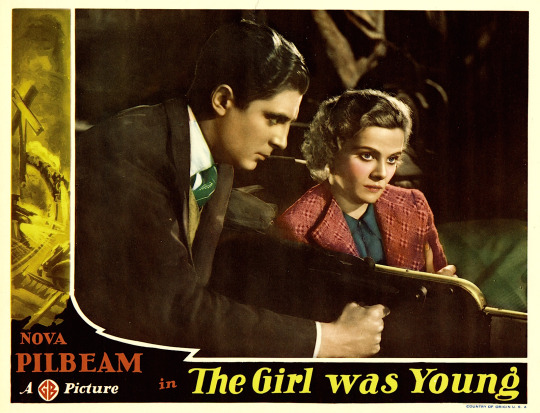
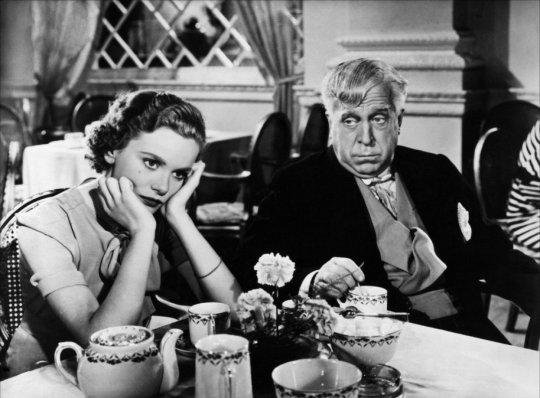


Young and Innocent (The Girl Was Young) (1937) Alfred Hitchcock
August 13th 2022
#young and innocent#the girl was young#1937#alfred hitchcock#nova pilbeam#derrick de marney#edward rigby#percy marmont#mary clare#john longden#george curzon#basil radford#coins for candles
1 note
·
View note
Text
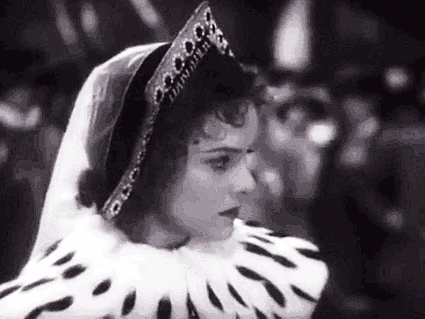



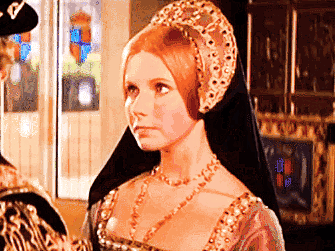
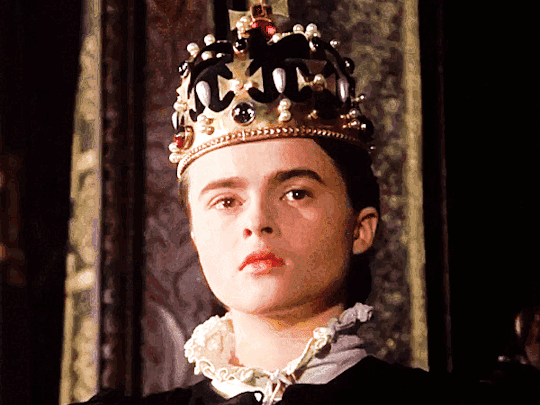


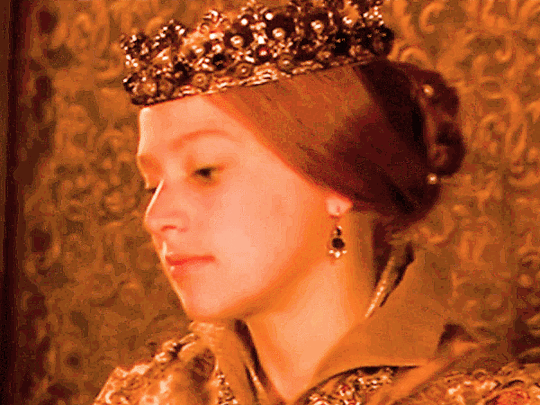
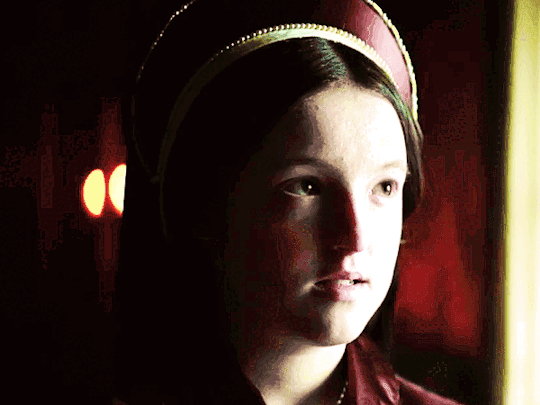
Lady Jane Grey over the years
Nova Pilbeam in Tudor Rose (1936), Anne Howard in The Prince and the Pauper (1937), Jane Asher in The Prince and the Pauper (1962), Sarah Frampton in Elizabeth R (1971), Felicity Dean in Crossed Swords (1977), Helena Bonham Carter in Lady Jane (1986), Sophia Myles in The Prince and the Pauper (1996), Perdita Weeks in The Prince and the Pauper (2000), Amber Beattie in The Sarah Jane Adventures (2010), Bella Ramsey in Becoming Elizabeth (2022)
#lady jane grey#jane asher#felicity dean#helena bonham carter#perdita weeks#bella ramsey#the prince and the pauper#becoming elizabeth#gif#gifset
264 notes
·
View notes
Text
Not Made In The USA Month:The Man Who Knew To Much
During Not Made In the USA month I shall view the cinema of various countries ,barring the USA
We shall begin in the UK,with an early effort by Alfred Hitchcock

In this 1934 film the Lawrence couple (Leslie Banks and Edna Best ) stumble upon an assasination plot ,resulting in their daughter Betty (Nova Pilbeam ) being kidnapped,and if they say anything the daughter will die
OK first off I really do like the film for the most part.....But I am starting with what I dont like which is the first half hour or so ,I found it dull ,I didnt like the family ,I really didnt care for Leslie Banks as a lead and the film really feels like Hitchcock is trying to find his footing but hasnt yet
......However the second half of the film is REALLY GOOD ,with some very clever scenes ,the family grew on me and there was genuine sense of tension .The climax is phenomenal,I have never seen a 1930's film with a climax this intense ,as its a fairly brutal shootout .But really besides the tension there is one element that saves the film:Peter Lorre as the villain Abbott .Now Peter Lorre is already a favorite of mine,master of playing a creepy bad guy ,and Abbott certainly is creepy ....But there is more to him then that . He has a sense of humor (Kind of atwisted one but still ) and a weird bit of sadness ,like you know he would without hesitation kill the kidbut he doesnt really want too and he clearly cares about one of his cohorts .This was one of Lorres firs three villain roles(The others being the German film M and the American film Mad Love ) ,that established him as a guy who played bad guys,and I swear he comes out swinging in all three really establishing himself as an acting force to be reckoned with
Overall I think the film is worth watching for Peter Lorre and the climax ,cause they are both great but the film itself is just good
@ariel-seagull-wings @metropolitan-mutant-of-ark @storytellergirl @filmcityworld1 @marquisedemasque @amalthea9 @the-blue-fairie @princesssarisa @angelixgutz
5 notes
·
View notes
Photo






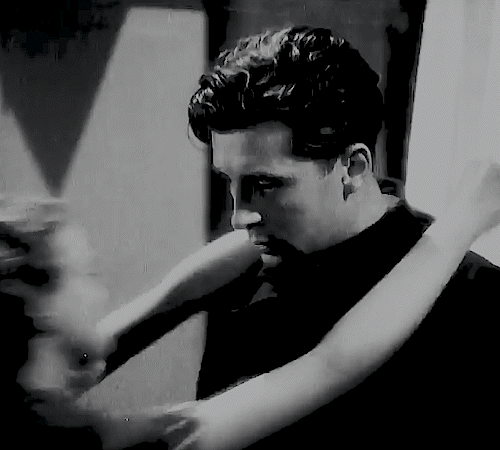
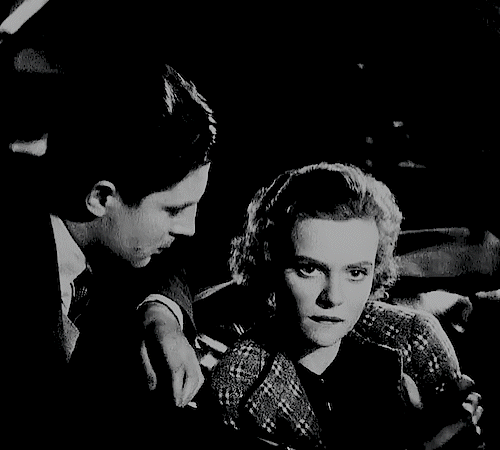
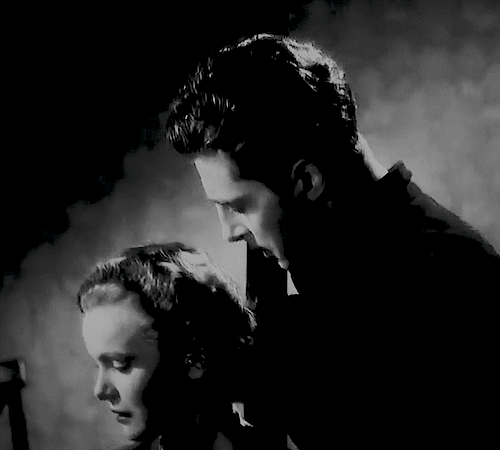
“I feel like Bonnie Prince Charlie. You must be Flora MacDonald. A good while ago, I was Florence Nightingale.”
Young and Innocent (1937) dir. Alfred Hitchcock
Starring Nova Pilbeam (Erica Burgoyne) and Derrick de Marney (Robert Tisdall)
#1937 movies#1930's#young and innocent#nova pilbeam#derrick de marney#filmedit#classicfilmgifs#classicfilmsource#british cinema#filmblr#dramaedit#romanceedit#crimeedit#mygifs#filmgifs#erica burgoyne#robert tisdall#hitchcock films#hitchcockedit
7 notes
·
View notes
Text
the part in Hitchcock's 1934 version of The Man Who Knew Too Much where Nova Pilbeam is like, "i just don't like him. he has too many teeth, and... too much brilliantine!" and then the next frame is a close-up of the back of Frank Vosper's shiny head. gotta be one of the best visual gags of all time.
1 note
·
View note
Photo

Derrick De Marney, Nova Pilbeam, and John Longden in Young and Innocent (Alfred Hitchcock, 1937)
Cast: Nova Pilbeam, Derrick De Marney, Percy Marmont, Edward Rigby, Mary Clare, John Longden, George Curzon, Basil Radford, Pamela Carne. Screenplay: Charles Bennett, Edwin Greenwood, Anthony Armstrong, based on a novel by Josephine Tey. Cinematography: Bernard Knowles. Art direction: Alfred Junge. Film editing: Charles Frend. Music: Jack Beaver, Louis Levy.
If Alfred Hitchcock hadn't made The 39 Steps (1935) before Young and Innocent, the later film might be taken for a somewhat less tightly plotted and certainly less well-cast sketch for the earlier one. Instead of Robert Donat as the man wrongly accused of murder on the run with Madeleine Carroll as his reluctant accomplice, we get the considerably lower-wattage Derrick De Marney and Nova Pilbeam. Young and Innocent (released in America as The Girl Was Young) feels almost like a retread, in which Hitchcock is trying out a few things that he'll use with more finesse in later films but isn't concerned with much in the way of plausibility and motivation. There is, for example, the focus on the hands when Erica Burgoyne (Pilbeam) is trapped in a car that's sliding into a sinkhole, and Robert Tisdall (De Marney) reaches out to grasp her. We'll see it again with variations in Saboteur (1942) and North by Northwest (1959), but there with more integration into the plot; here the sinking car seems to be only a gimmick introduced to allow Hitchcock to play with suspense-building techniques. There's also a long tracking crane shot that gradually focuses in on the villain (George Curzon) with a give-away tic that anticipates the tracking shot in Notorious (1946) that ends up on the key in Ingrid Bergman's hand. Hitchcock also uses Young and Innocent to exploit his well-known fear of the police, this time by mocking them, as when two cops are forced to hitch a ride with a farmer hauling livestock in his cart: When they complain about how crowded the cart is, the farmer tells them it was only built for ten pigs. Otherwise, Young and Innocent is agreeably nonchalant about plot essentials: Why was Tisdall mentioned in the murdered woman's will? Why did everyone assume that when he ran for help after discovering her body he was actually fleeing the scene of the crime? Why does he flee from the courtroom instead of sticking around to plead his case? Why does Erica so swiftly believe in his innocence? The film is nonsense, but it's enjoyable nonsense if you turn off such questions and go along for the ride. The screenplay, loosely based on a novel by Josephine Tey, is credited to Charles Bennett, Edwin Greenwood, and Anthony Armstrong, but I suspect it was much reworked by Hitchcock and his wife, Alma Reville, who is credited with "continuity," to allow for the director's experiments in suspense.
1 note
·
View note

